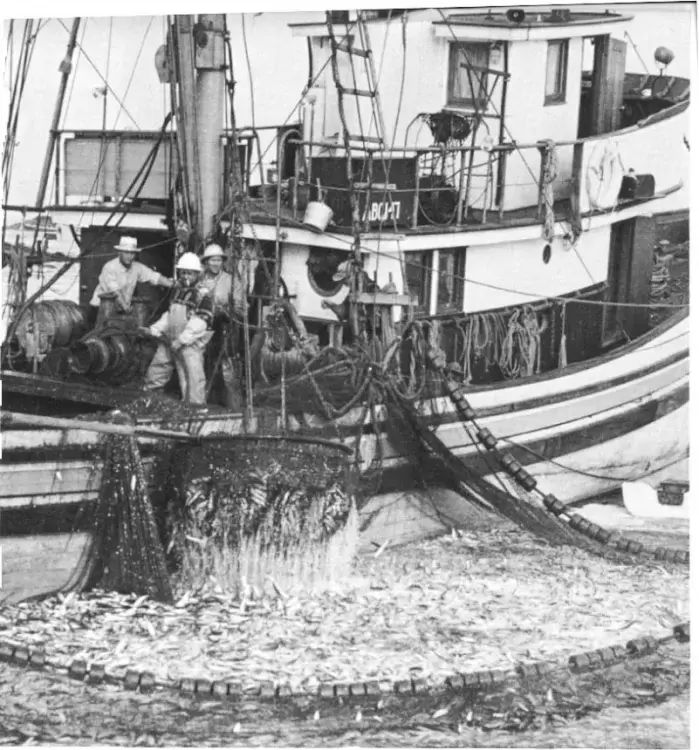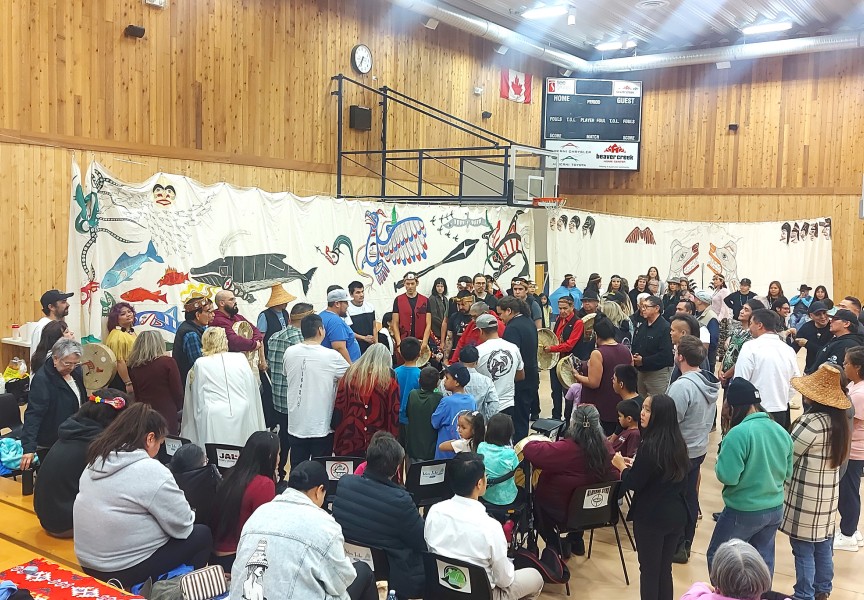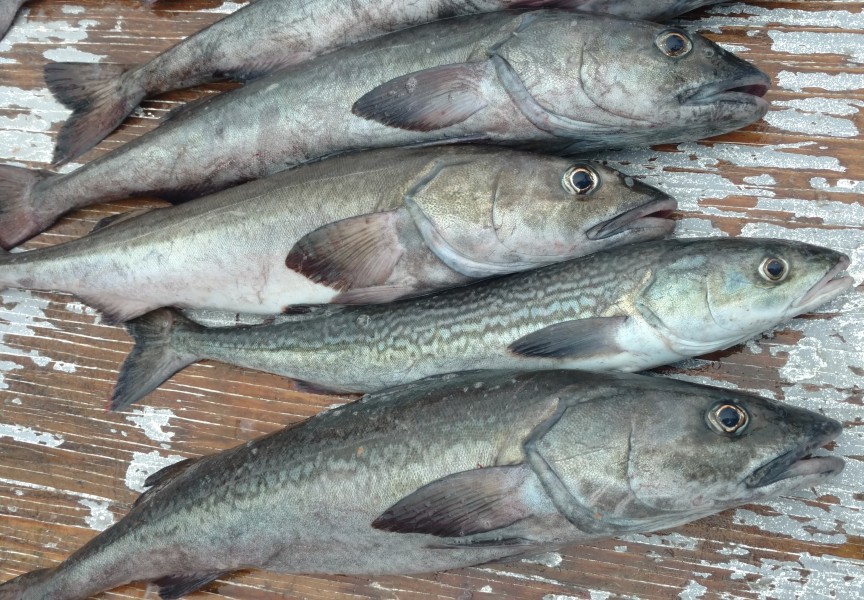An ocean surface churned to a silvery froth by schools of ƛusmit — Pacific herring — is not so common as it once was on the west coast of Vancouver Island.
A staple in traditional Nuu-chah-nulth diets, herring populations began to decline in the 1990s, as they did along most of the B.C. coast. Lower ocean productivity is believed to be the primary cause of herring decline, which has had an impact on food and ceremonial fisheries for years.
That doesn’t mean that hope of renewal in herring fisheries has faded, though. New research — a four-year Uu-a-thluk study backed by $390,000 from the B.C. Salmon Restoration and Innovation Fund — is intended to find a new balance. The study is the only Nuu-chah-nulth project so far supported by the joint federal-provincial fund, established in 2019 to improve productivity and sustainability of marine resources.
“We’re working in partnership with DFO and Landmark Fisheries Research in Vancouver,” said Uu-a-thluk biologist and Deputy Program Manager Jim Lane. The project involves mapping management practices using computer modelling while also looking more closely at marine predation, he explained.
In essence, the research represents a marked departure from the assumption, long adhered to by DFO in its management practices, that there is only a single stock of herring on the Island’s west coast, one of five along the whole of the B.C. coast.
“Nuu-chah-nulth believe they should be harvesting on a smaller scale,” Lane said, noting the need for smaller areas to better manage the species.
Based on traditional knowledge over time, Nuu-chah-nulth have long maintained there are, to the contrary, multiple herring stocks. There are differences in age structure, size, timing and spawning areas that reinforce this belief.
“They look at key observations over a very long time-frame,” Lane said.
The Council of Ha’wiih Forum on Fisheries agreed in 2017 to limit Nuu-chah-nulth herring catches to social and ceremonial purposes for up to four years or until stocks show a sustained recovery in their Ha-houlthee. A commercial seine fishery that closed 15 years ago later became a bone of contention with First Nations.
Five nations fought and won against Conservative fisheries minister Gail Shea after she tried to override staff recommendations and reopen the commercial fishery in 2014. The ink had barely dried on a Herring Rebuilding Initiative launched the previous fall. DFO and Nuu-chah-nulth nations were already engaged in that process.
The same scenario to reopen the commercial fishery played out the following year, only the nations — Ahousaht, Ehattesaht, Hesquiaht, Mowachaht/Muchalaht and Tla-oqui-aht — lost that round. The west coast fishery opened in 2015, but commercial boats soon left the region with empty holds when herring didn’t show up in sufficient numbers.
Despite overall decline, west coast Vancouver Island herring stocks have shown a degree of population recovery since 2012, Lane noted. A slow but steady increase after that seems to have levelled off at an estimated abundance of 20,000 to 22,000 tonnes - roughly doubling the lows seen from 2005 to 2010 - though well short of what might be considered a recovery. Thirty years ago, abundance was much higher, around 60,000 tonnes. An increase to 45,000 or 50,000 tonnes is a more realistic goal now.
“If herring are fluctuating at lesser levels, how do you manage them?” Lane asked. “Right now, we’re still looking at a stock in rebuilding mode. When do you declare it rebuilt?”
To what extent can Nuu-chah-nulth herring harvests be maintained in sustainable fashion?
“Are there evidence of different stocks for managing herring on a smaller scale and how would that look?” Lane asked.
Smaller scale management of herring stocks is already practised elsewhere along the North American west coast in Alaska, Washington State and California, he noted. A stock in San Francisco Bay is managed as a distinct entity.
The research goal is to evaluate management options, not only for Nuu-chah-nulth food, social and ceremonial harvests but for commercial herring fisheries as well. All 14 Nuu-chah-nulth First Nations have an ecological, cultural and economic stake in sustainable herring fisheries.
“We’re trying to see what would be an appropriate scale of herring management,” Lane said.
DFO attributes herring declines to increased natural mortality, but the precise causes of that remain unknown. That’s where the second component of the research could further understanding of how marine predators, whether hake or other species, affect west coast herring.
Commercial herring fisheries expanded more than 50 years ago, becoming only second in value to salmon fisheries on the B.C. coast. Overfishing brought a collapse of the stocks in the 1960s, followed by the emergence of the commercial herring roe fishery in the 1970s. These industrial-scale fisheries remain closed coastwide due to poor returns, the sole exception being one off eastern Vancouver Island. Conservation groups, joined last year by Courtenay-Alberni MP Gord Johns, NDP fisheries critic, have petitioned Ottawa to close that fishery as well.
Uu-a-thluk, through a herring technical working group, has been conducting herring management simulation for the last few years with DFO, incorporating Nuu-chah-nulth objectives — stock abundance and conservation among them — into the process. Those objectives can be modelled with “spatial scale,” which is the order of magnitude of an area of study. The research looks at 16 areas in all.
Given the governing factor of lower ocean productivity, the west coast isn’t going to see a return to the way herring used to be fished, Lane said.
“That type of fishing is not sustainable,” he said. The same can be said of fisheries anywhere for that matter, he added.







